
Can A House Run 100% Solar in Singapore?
August 10, 2021
The Harmful Effects of Purchasing Solar Panels
August 30, 2021Is Solar Energy Suitable For Singapore?

Is Solar Energy suitable for Singapore? Singapore is making progress towards the sustainable energy and environmental change targets. With solar energy PV installations getting installed on housing projects and the commencement of floating solar power, R&D efforts, and program management.
However, some argue that the nation might be doing better if it is about legislation and solar power uptake in the large industrial sector.
Is Solar Energy Suitable For Singapore?
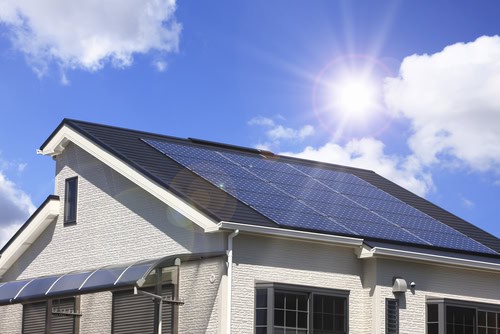
Companies can switch to renewable resources, cut carbon footprints, and reduce energy expenses by adopting solar power. Furthermore, with solar electricity prices falling fast in recent years, it became more cost-effective for businesses to investigate its use.
However, others in the solar sector believe that expenditure and infrastructure installation in this might be expanding faster. Indeed, Singapore does not have a large area available for development projects.
The Singapore government does its finest to advance solarization and energy production in a step-by-step way, but considering the country has 2 GW of solar energy capacity and only about 200 megawatts-peak of capacity factor, development hasn’t been that spectacular.
The project’s main goal is to aggregate renewable energy requirements to improve profitability and create equity transactions in dispersed solar energy appealing to equity financiers. The second is to build productivity so that industries hire people and construction projects to begin.
There is not enough space
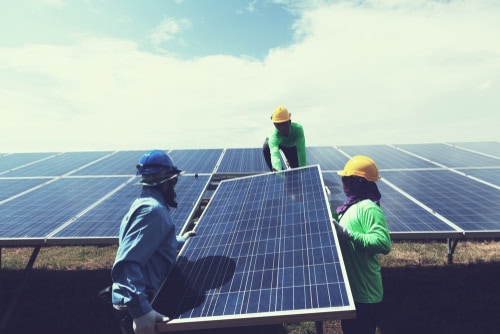
The major issue for construction will be insufficient space. Developing massive panels in Singapore is a problem due to a shortage of open areas. Houses, highways, and designated green spaces occupy a large portion of the area here.
Currently, around 1/3 of the nation’s solar capacity is installed on the roofs of residential structures. Only about 10% of total capacity is accounted for by industrial structures. The overall feasible area for solar PV panels, according to this extensive analysis, was a little under 37 square kilometers.
The requirements will increase depending on which option is chosen, but none are inexpensive as compared to erecting solar panels on broad swaths of undeveloped ground. Given Singapore’s dynamic electrical market, it is a significant factor. The economic potential of these choices will increase when the carbon emission price increases.
Advantages of solar energy

- Environmental friendly
When contrasted to the usage of conventional fuels, the method of harvesting and transforming solar power into power produces little pollution. Families and businesses that utilize solar power to vary their electric grid can help lower the environmental impact and cut carbon emissions by replacing fossil fuel-generated energy with solar energy.
- Improved Energy Sustainability and Lower Marginal Generation Costs
While solar power installations and cells will require capital investment, you can benefit from minimal generation expenses as solar energy is free. It implies that, aside from the low cost of solar panel upkeep, businesses can quickly determine the profit margin on the investment and whether the returns are profitable.
- The solar cells are durable
Solar cells are durable, with manufacturers guaranteeing crystalline systems for 20-25 years. It ensures energy sufficiency for solar power consumers, enabling them to save money on the power bill continuously. It can make determining if the solar cells are appropriate for you challenging.
Even more, people are converting to cleaner, renewable energy supplies as the price of electricity declines. EMA has developed different modifications to the marketplace and its regulatory environment to support the development of solar energy by simplifying existing systems.
It assures that solar grows in the nation equitably and efficiently, whereas the power infrastructure remains stable.
- Technical limitations
Power generation becomes more significant as the maximum size of photovoltaic cells develops. This is because solar energy fluctuates throughout the day.
Consumption of power in Singapore is most between 9 a.m. and 4 p.m., whenever the sunlight is at the highest. Demand is less at night as people come back home from the office and put on the conditioners and other electronic devices. As the nation’s usage of solar power to produce energy in the nights grows, capacitors and other sources of energy storage may become more important.
Are resources sufficient for producing solar energy?
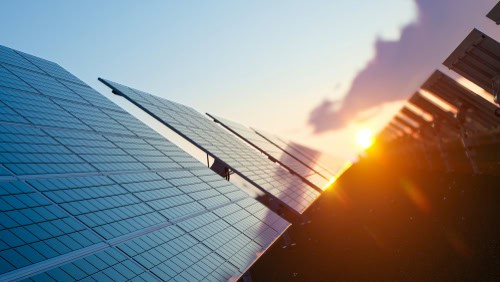
Renewable energy will aid in the integration of solar power into the electrical system. As the number of solar energy produced grows, the fluctuation of solar energy, both minute-to-minute and hour-to-hour, may pose difficulties to grid security.
Due to the advantages of gas-fired energy plants in Singapore, this will not be an issue, specifically if they are supported by power storage devices. Scientists are unable to provide enough base-load energy from green resources for Singapore due to the restricted renewable energy sources accessible to the country and existing technical prowess.
Singapore, on the other hand, plans to install around two gigawatts of solar power by 2030. This is enough to power approximately 350,000 homes in one year.
Singapore is spending on study and production as well as test-beds to increase the efficiency of solar Panels and to explore new ways to integrate solar arrays into the urban setting. Singapore is looking into a range of solutions, involving regional power networks and new low-carbon technologies like low-carbon gas, co capture, use, and store.
Why is solar energy so beneficial to Singapore?
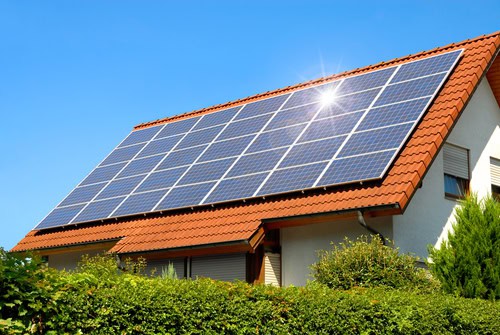
Except for being the most inexhaustible energy source, which is ideal for the nation’s land-scarce situation, the benefits are obvious!
These are some of them:
- Throughout its functioning, it emits no pollutants.
- During the day, power can be produced throughout the year.
- In the urban region, boards can be erected and furnished on roofs of businesses.
- The energy produced in surplus can be resold to the Singaporean grid.
- While solar power usage will continue to rise, land constraints will remain.
- To optimize benefits, the problems of implementation are storage and keeping the surplus solar energy.
Is Solar Energy Suitable For Singapore? – Conclusion
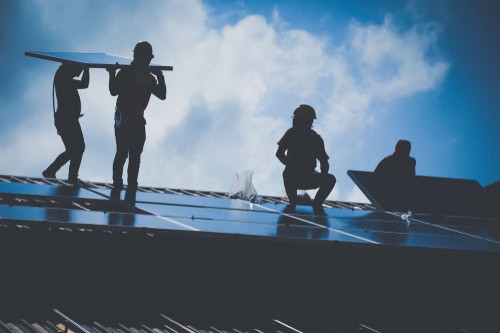
As a consequence, the electrical supply can become more reliant on solar energy instead of natural gas, but gas will probably continue to play a role in future years. In conclusion, Singapore’s potential to create good amounts of energy from sustainable resources is severely limited, and this may come at a price.




